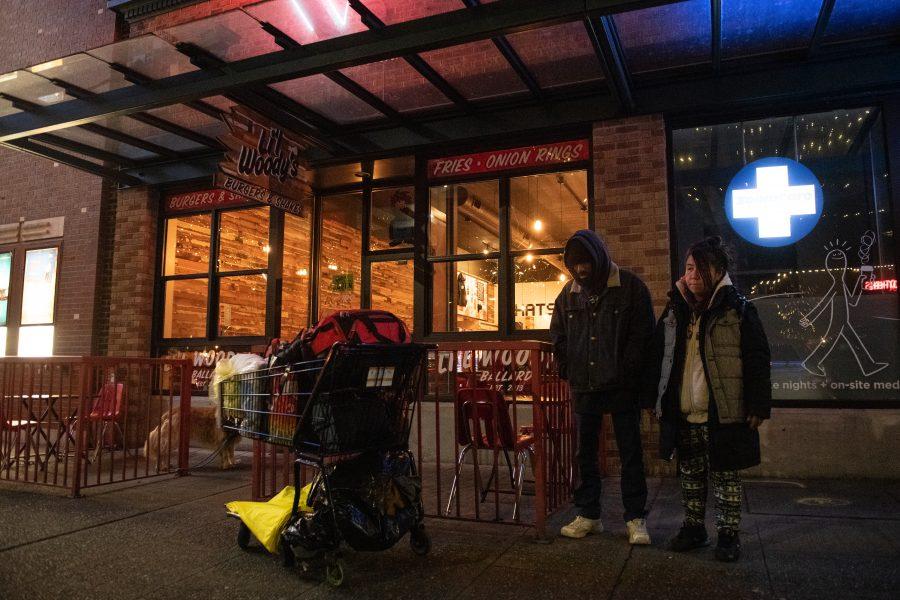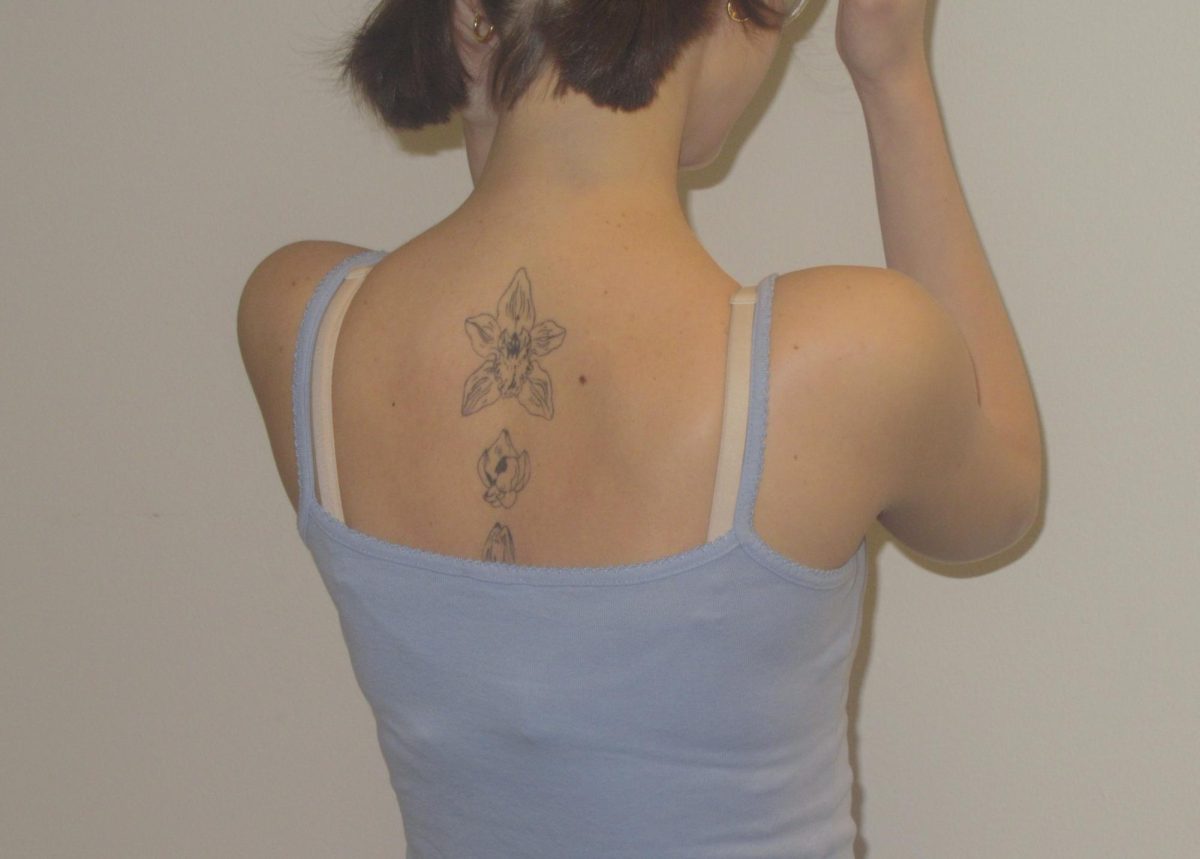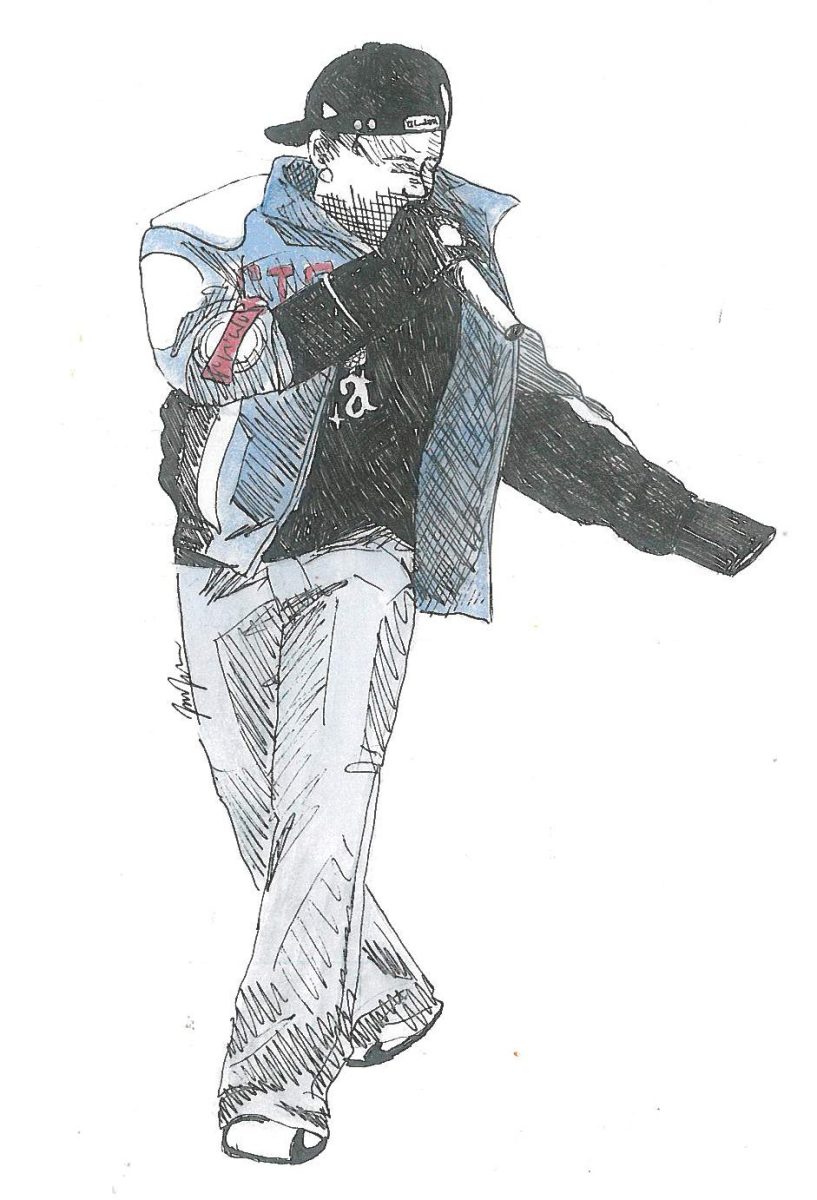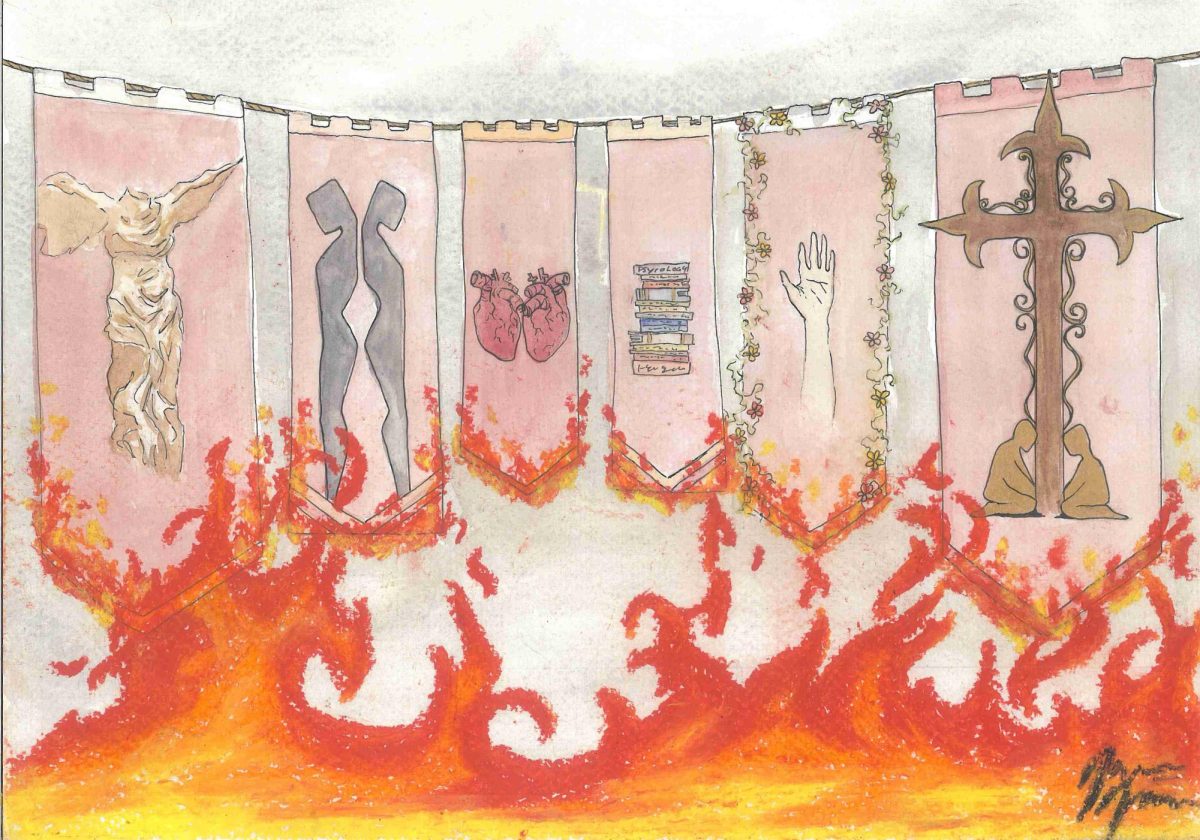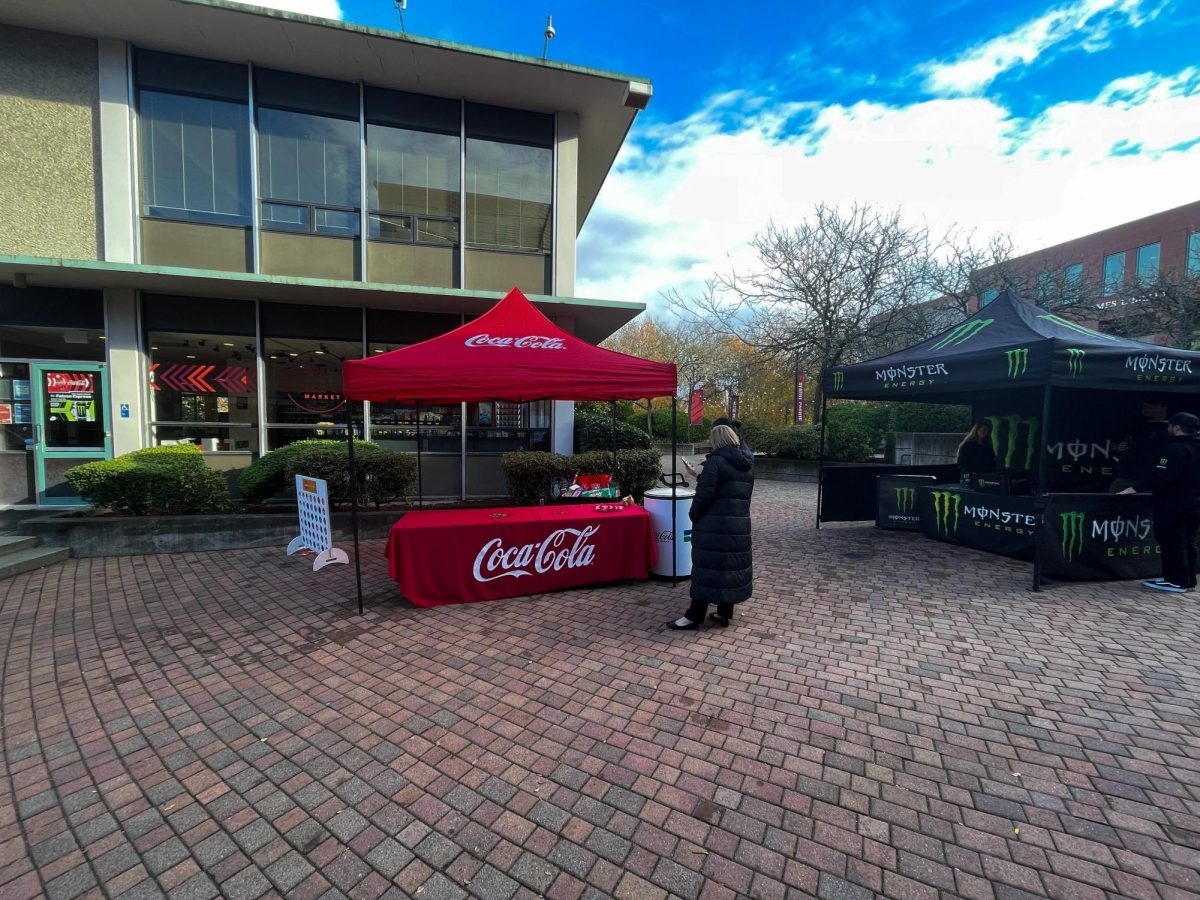Compassion is a choice
I was 16 and trying to fall asleep on a bench in Snohomish, WA. No one could see me because they didn’t want to.
I wasn’t actually homeless. I was on a long distance run from Bellingham to Seattle and only experiencing vagrancy temporarily. The night before, I had slept in a grass field on the side of a rural road that runs between Conway and Stanwood, but this was far worse.
The temperature was well below freezing, my socks were caked with dried blood and I had to avoid moving my body too much or the motion sensor light above the bench would turn on and people would know where I was hiding from the rain.
To pass the time I played Temple Run on a service-less iPhone 4 — it was too cold to fall asleep in a wet sleeping bag.
Lying there, hoping that slipping into unconsciousness would stop the cold, nothing frightened me more than the thought of detection. I could hear inebriated weekend drinkers floating down the street perpendicular to where my head lay. I was worried that the light would go off and I would be in danger.
But this was flawed thinking: no one wanted to think about how cold the weather really was, and so no one wanted to see me.
In both Snohomish, Ballard and other cities, bar hoppers, coffee hunters and students alike ignore the neediest.
Many of us feel a vague sense of sorrow stirred by guilt when we see someone on the street and many of us say something along the lines of, “We need to solve Seattle’s homelessness problem,” but very few are willing to try to emotionally connect with what it means to be helpless in the face of society and nature.
My walk home from work at 11:45 p.m., moving quickly because of the cold, now forces me to imagine again what homelessness means.
It is the same people sleeping in the same places: laying in front of Buffalo Exchange, laying near La Isla, faces covered to keep out the wind chill.
We walk right past them, we can see that they are there, but I find that it is preferable not to imagine what it really means to have nowhere to go.
As students at Seattle Pacific University, as a community that claims to be committed to “engaging the culture,” we need to envision what it means to be homeless, what it means to have no home and what it means to be at the mercy of the Pacific Northwest elements.
Most SPU students are required to live on campus for two years. For convenience, many students who move out of the dorms move into adjacent on-campus housing or to nearby neighborhoods that have relatively low rates of homelessness.
It would seem that living on campus has the potential danger of becoming a sheltered existence, having little to no exposure to those in need. There is no intrinsic incentive to envision what it means to have less. Queen Anne is not exactly metropolitan Seattle.
We the sheltered, both physically and mentally, have the privilege of ignoring homelessness, of not having to think what the less fortunate go through. Before we can even begin to talk about social justice for the homeless, we have to imagine the extent of what it means to be there.
It seems difficult to make a physical effort to combat homelessness if you can’t empathize with what it means to be homeless. Why would you try and mend a wound if you can’t feel the pain?
As a community, we need to acknowledge how frightening it must be to be without a home.
I am not foolish enough to say that I completely understand the feeling of homelessness. Students who have truly experienced homelessness or even participants in SPU’s Urban Plunge program are more equipped to speak on this topic than I am. But I have seen enough to empathize.
Think about how cold the January air is, consider the danger that comes with being alone in a city, imagine what it is like to have nowhere to go. If we want to help those in need we have to first practice empathy, to feel others pain before we can talk about alleviating it.
















































































